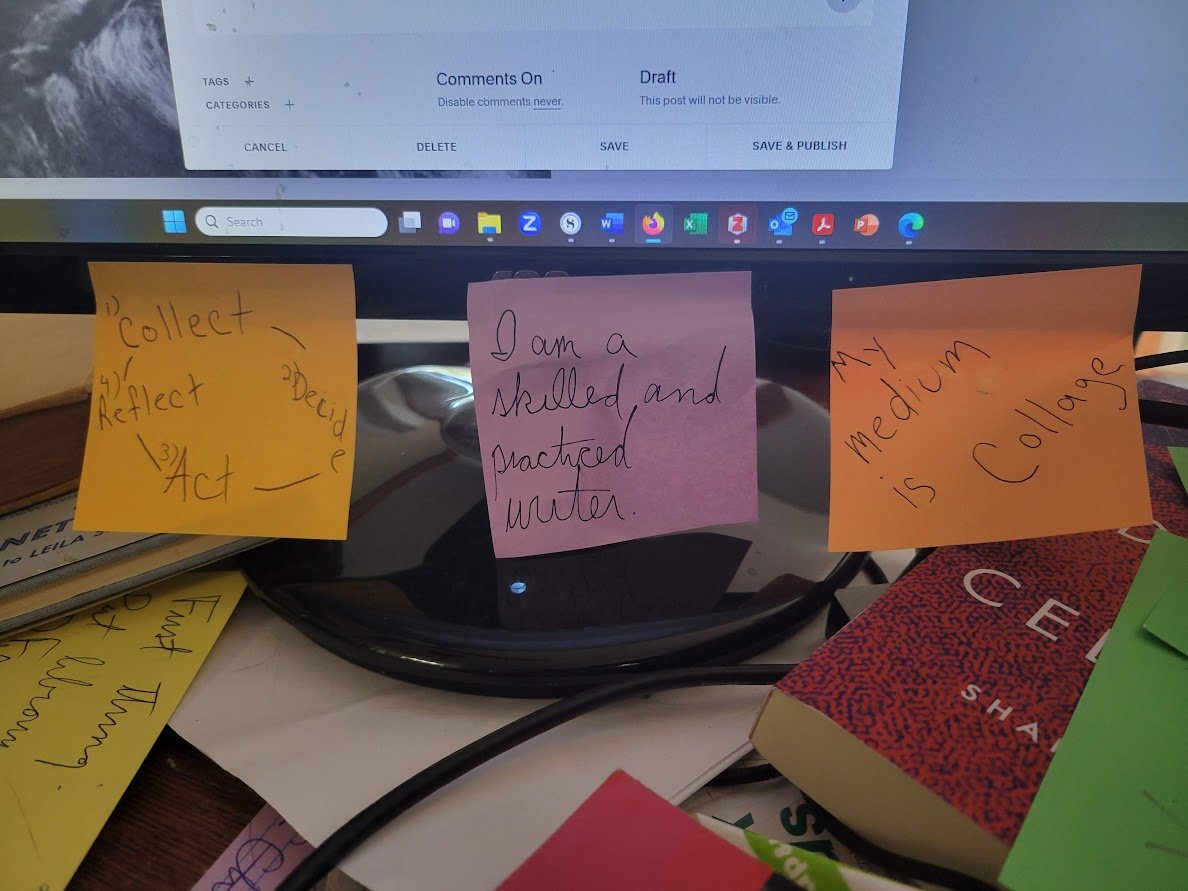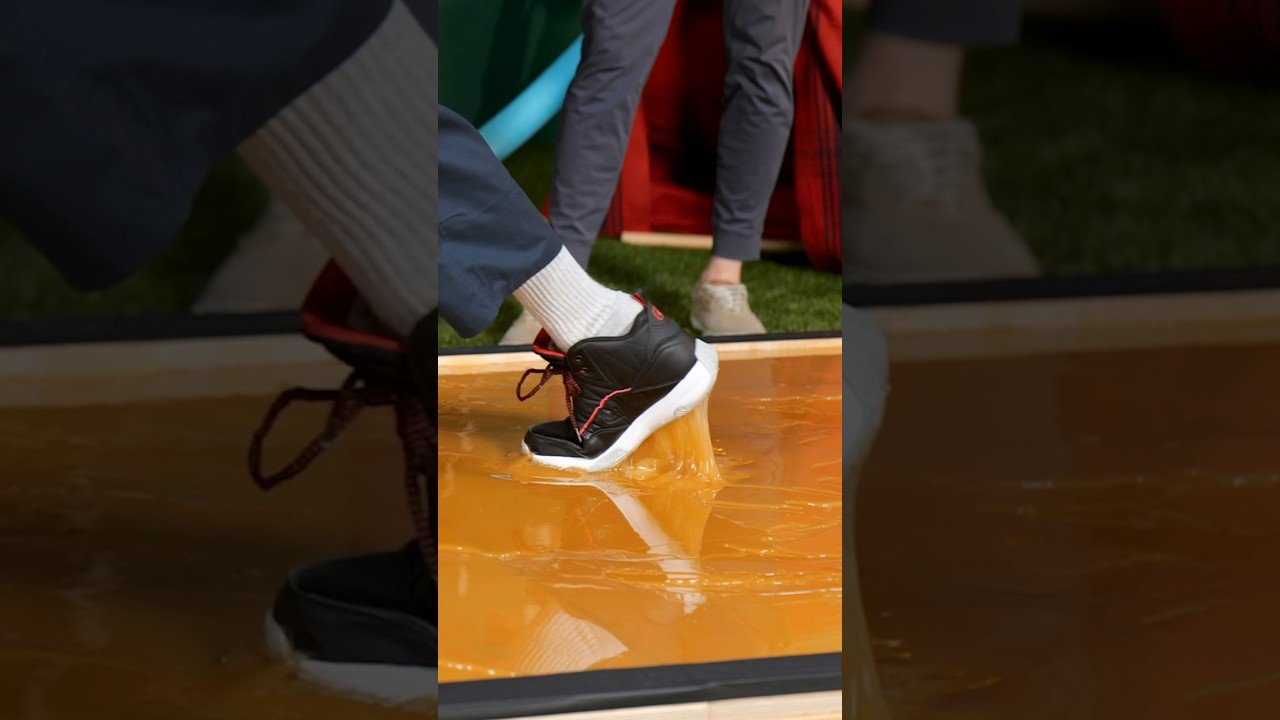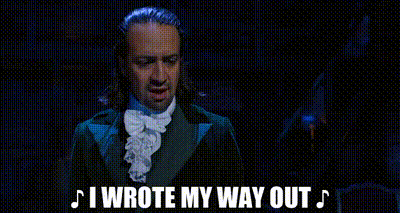I’m once again struggling to imagine the form of my New York Hippodrome book. I have all kinds of ideas — one season! all the different types of spectacle presented there and what they mean! a group biography! a cultural history, cradle (construction) to grave (demolition)! — but I can’t settle on one for long enough to decide. I also have the wonderful trouble of multiple audiences who I want to reach: academic and popular, NYC lovers and theater people and modernists. I want to talk to everyone and share everything, and as a result I don’t know how to start.
These are the three post-it notes I keep on my monitor. The first one is a diagram of Jessica Abel’s model for the artistic process, which she calls The Creative Engine. It’s a framework for thinking about the steps of research and creation and reflection that work in a recursive feedback loop. One thing this model does is help people who are stuck identify where in the process they’ve hit a wall. And oh man am I stuck in Decide.
So what I think I’m going to do is try to unstick myself from this mental glue trap by moving on to the next stage in the engine. And the other two post-its are helping me do that. I wrote them after doing some academic coaching with Katherine Fusco. She’s a really smart and thoughtful listener, one who helped me focus on the things I wanted to assert and value as I moved on to a new stage in my career. The middle footnote, which reads “I am a skilled and practiced writer.” in my prettiest cursive, helps remind me that I’ve done this kind of work before. One of the toughest things to remember about writing a book is that even when you’ve done it before, each book has to be written in a new way: it’s a new topic, you’re a different person and might have different career and personal goals, the archive you’re drawing from lends itself to telling a different kind of story. So it’s really useful to remind myself that I’ve been at this “back to the drawing board” place before. I wrote my way out, to use a phrase from Hamilton that’s inspirational if not altogether applicable.
Writing your way out: good in some cases, bad in others.
And as for that last footnote: one of the reasons I work on modernism is because I have always loved collage. I love the open-endedness and the ragged edges, the resourcefulness of making things fit together even when it’s clear the pieces came from elsewhere. That’s a kind of talisman for the resourceful, creative fidelity to the past that I aspire to in my writing. This semester, I’m teaching a graduate class on modernism with a larger-than-typical number of collage texts: Spring and All, a goofy manifesto that also has at least one poem you know it it; Cane, a lyrical and ominous exploration of Black culture in the country and the city (and the country again); and Book of the Dead, an amazing political documentary lyric call to action. They all use different techniques and aspire to different things, but they all use choppiness and fragmentation to make something in the mind of the reader that they couldn’t achieve in more straightforward narrative ways.
So by the end of the months, I want to write some kind of collage essay about elephants at the Hippodrome over the course of its lifetime. The picture above is just the beginning: elephants were a Thompson and Dundy trademark, so they were built into the very structure of the theater as decoration. There’s also Powers Dancing Elephants, an act that appeared at the Hip in one form or another from its opening into the mid-1920s. Houdini made an elephant disappear. Frances Ziebarth costumed elephants in tuxedos and top hats. And Jimmy Durante befriended one in Jumbo and then denied its presence in Jumbo’s most famous gag. So I want to figure out something to say about elephants at the New York Hippodrome in order to see if I can write something approaching collage-chapters for other parts of the Hippodrome repertoire too. Deadline for posting: December 7, when my grad class turns in their final essays. Hold me to it, please, oh friends of the internet!



